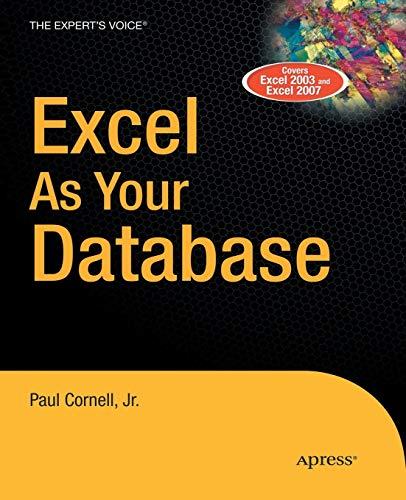Question
Using C++ Create a Dictionary to store 15 ADT terms and their definitions (found below). Implement using a BST (Binary Search Tree) 15 Terms: LIST
Using C++
Create a Dictionary to store 15 ADT terms and their definitions (found below).
Implement using a BST (Binary Search Tree)
15 Terms:
LIST A logical SEQUENCE of data, NOT SORTED or ORDERED and Along with the following list of basic access methods.
STACK - A linear/sequential LIST with the restriction where data is added and removed (accessed) from only one end of the sequence.
QUEUE - A linear/sequential LIST with the restriction where data is added from one end and removed from the other end of the sequence.
TREES- A finite set of objects that are inter-connected, with zero or more interconnections per object, with no circular connections (acyclic).
HEAP - A TREE with restrictions. It has a root, and is arranged in a hierarchy. There are parent child relationships. Only concerned with Parent-Child Order. It can be either a MAX heap or a MIN heap.
Priority Queue - A queue or stack data structure, but where additionally each element has a "priority" associated with it. In a priority queue, an element with high priority is served before an element with low priority.
TABLE - A table uses indexes for the location of values in the table, like the index for an array. The entry at that index is called a value, which can be an individual value or a node of values.
MAPS - A map models a searchable collection of key-value entries. The main operations of a map are for searching, inserting, and deleting items.
DICTIONARY - provides operations for storing records, finding records, and removing records from the collection. This ADT gives us a standard basis for comparing various data structures.
BST - are a particular type of containers: data structures that store "items" (such as numbers, names etc.) in memory
GRAPH - A data structure that consists of a set of models and a set of edges that relate the nodes to each other
SETS - collections of elements with no duplicates and no ordering
BAGS - collections of elements that allow duplicates but are not ordered).
Double Ended Heap - a data structure similar to a priority queue or heap, but allows for efficient removal of both the maximum and minimum, according to some ordering on the keys (items) stored in the structure.
CONTAINER - instances are collections of other objects.
Step by Step Solution
There are 3 Steps involved in it
Step: 1

Get Instant Access to Expert-Tailored Solutions
See step-by-step solutions with expert insights and AI powered tools for academic success
Step: 2

Step: 3

Ace Your Homework with AI
Get the answers you need in no time with our AI-driven, step-by-step assistance
Get Started


